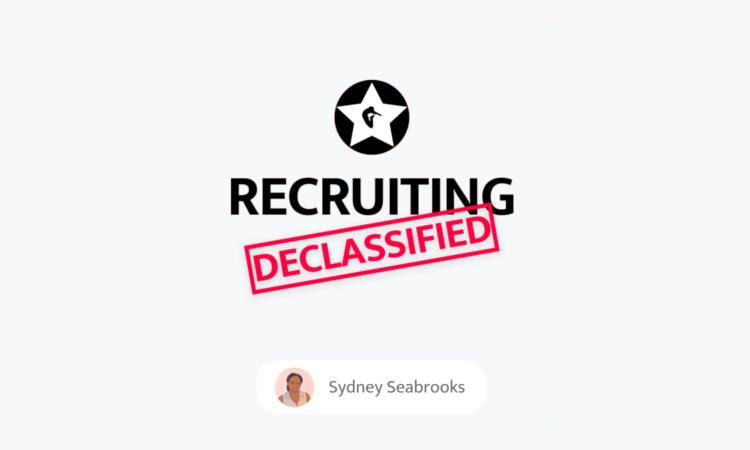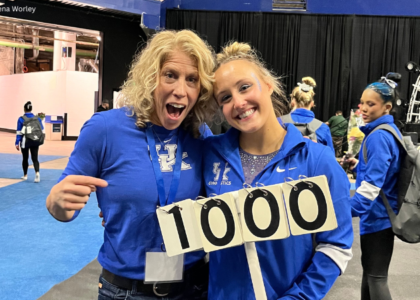Every young gymnast hopes they can make it to the Olympics one day. Drawing a big 2024 on a canvas with a gold medal in the corner and a poorly drawn Eiffel Tower was what this dream meant to me. Aunts and cousins would ask, “When am I going to see you at the Olympics?” A smile and nod would do for them, but what about those who actually have a chance, who are vying for that Olympic Gold, and who could be just within reach of a trip to Paris?
Years ago, achieving this lifelong goal didn’t necessarily coincide with a goal of competing in college. A gymnast was too worn down to compete on the collegiate stage, or they decided to go pro to collect the big bucks—because who needs college when you’re signing with Nike? Only a few dared to dream of the Olympics and college: Samantha Peszek, Courtney Kupets, Bridget Sloan, and Kyla Ross to name a few. College gymnastics was ruled by level 10s, but the culture is quickly changing as former elite gymnasts begin to dominate, and college coaches are taking note.
Think of some of the top collegiate gymnasts recently: Trinity Thomas, Sunisa Lee, and Jordan Chiles. All of these athletes are former elites, and the recruiting strategies of many coaches are changing because of this as well.
As a level 10, it can be alarming. How can I beat out a world champion in lineups? And, will multiple scholarships from my desired team be given to elite gymnasts, leaving nothing to spare for me? I can always compete the hardest skills and show consistency, but how can I compare to an Olympic champion?
In these days of recruiting, being an elite can almost guarantee you a scholarship. Perform “OK” at a few meets, and you’re at a Power 5. College coaches see the perks that come with a high-level athlete. Not only will they have lots of skills to choose from when they get to college, but the school will also benefit from a star they can market and sell tickets for everyone to see. Sunisa Lee, for example, changed the landscape of gymnastics at Auburn. She brought new fans, paved the Tigers’ way to nationals, and inspired recruits to join the success. Seeing what a superstar can do for a program has caught the attention of many coaches. But recruiting these high-level gymnasts isn’t without disadvantages too.
With elite gymnastics comes many hours spent in the gym at a young age, causing wear and tear. We’re seeing more and more season-ending injuries in college, many of which have happened to former elites. Others are plagued with overuse injuries that keep them out or limited for weeks at a time—or force them to medically retire altogether. While these things can also be said for level 10s, they are easily correlated with the high-level training elite gymnasts endure.
It’s a balancing act for coaches when it comes to recruiting. Do they take a risk on with an elite because the benefits outweigh the potential disadvantages, or do they stick with the tried and true level 10s who they know will get the job done week in and week out?
READ THIS NEXT: Recruiting Declassified: Recruiting Calls
Article by Sydney Seabrooks





One comment